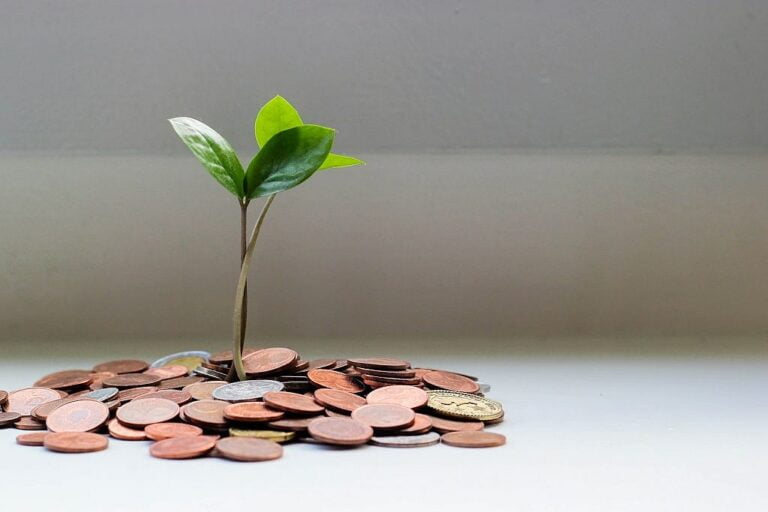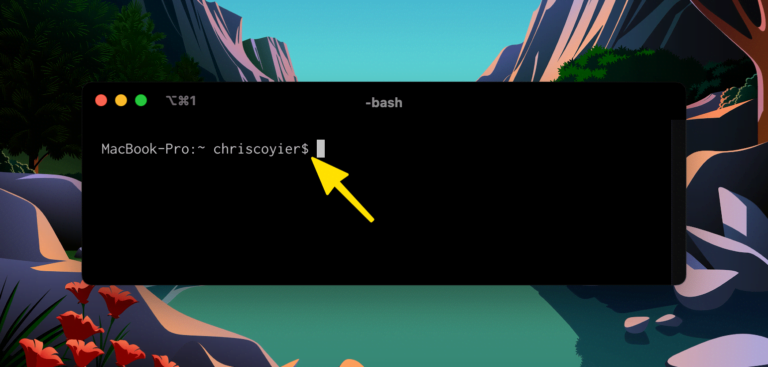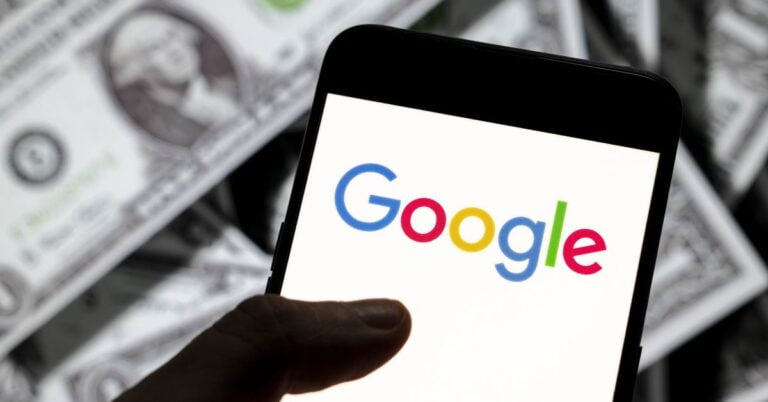That’s why Justinmind has rounded up these 10 TED talks for web designers – from unorthodox interface advice to web trends and wearables, You’ll be inspired to design outside the box.
Your Web Designer Toolbox
Unlimited Downloads: 500,000+ Web Templates, Icon Sets, Themes & Design Assets

DOWNLOAD NOW![]()
Typefaces are all around us. But how many people know anything about how or why particular types came into being? Type legend Matthew Carter takes a look at how changing technology has impacted on typefaces over his long career.
From photo to digital, desktop screen and web, Carter asks designers to think about their own relationship to technology and how constraints can inspire design creativity.
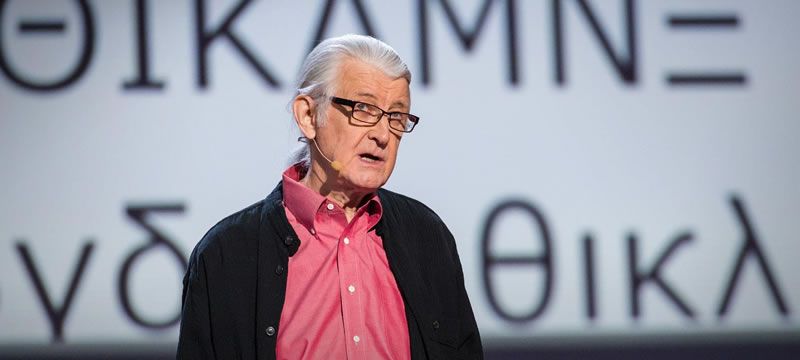
In this light-hearted, yet thoughtful TED talk, iPod and Nest thermostat creator Tony Fadell tackles a designer’s worst enemy – habituation. By running through examples of little things from everyday life that we just don’t notice anymore, Fadell reveals how by noticing, we can start to design better digital solutions to problems we don’t even know we have.
Plus he also calls on the wisdom of Jerry Seinfeld, which always makes for better web design.
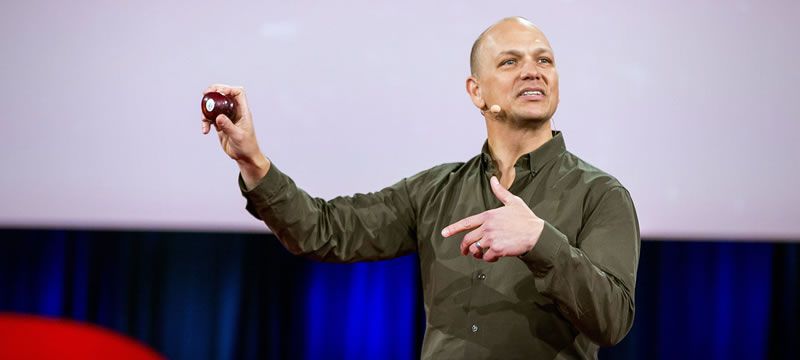
Put down that problematic design solution and make some toast, counsels Tom Wujec. By thinking about the process of making toast, Wujec argues, we can develop more organized approaches to solving design problems.
He uses his talk time at TED to break down a simple exercise that “reveals unexpected truths about the way we think about things.” Apply this approach the next time you’re faced with a wicked interface problem and you’ll reveal mental models that were hidden before.
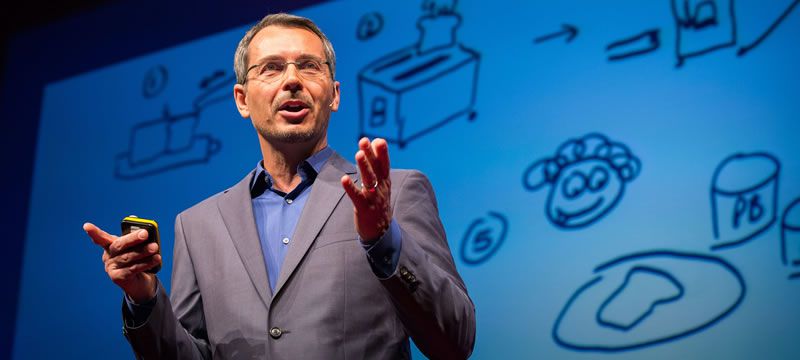
As the father of user experience, Don Norman is the go-to guy on web design and human emotion.
Even though this talk is from way back in 2003, it still rings true on every level – it’s not enough for a design to be functional, it also has to be ‘beautiful’ in order to please users. Norman discusses his theory of emotion and shows us objects that not only function but also delight. Watch out for the ping-pong table complete with swimming carp.
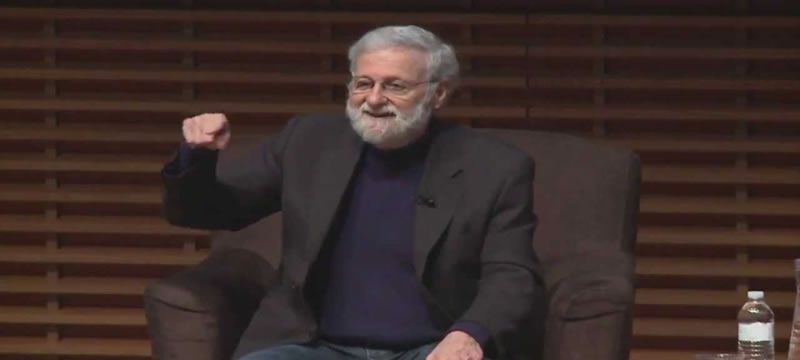
What do your designs say about you? Interface Designer and philosophy fan Sebastian Deterding claims that design can reveal our deepest values and moral codes.
Looking at products such as digital car dashboards and social media apps, Deterding draws conclusions about the unintended consequences of our digital designs. You’ll never look at persuasive design principles in the same way again.
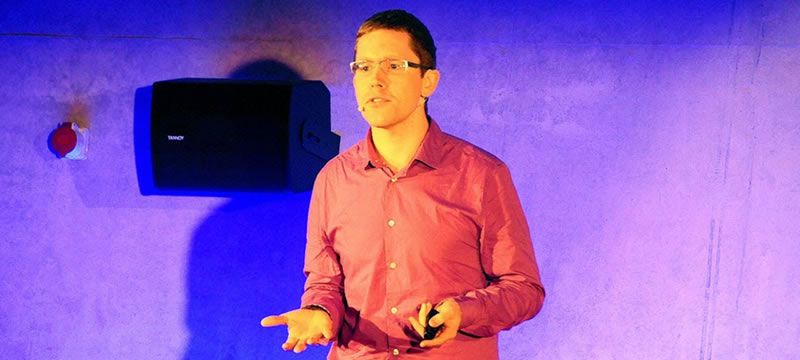
When Google co-founder Sergey Brin gave this TED talk in 2013, people were pretty excited about Google Glass. And while the product itself may not have been the revolution Brin hoped for, wearables are still thought to be the future of human computer interaction.
In this talk, Brin persuades us of the need for a new way of interacting with our devices: instead of looking down at our phones all day, we should be looking up at the world, and designers can help with that. It’s time to start designing interfaces that allow us to become more, not less, engaged with the world around us.
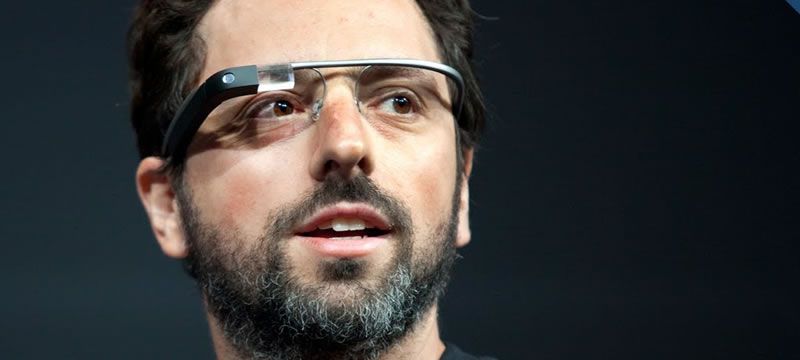
Spotify Senior Designer Rochelle King knows a thing or two about combining data and design to create engaging user experiences. In this TED talk, King explains how Spotify designers attempt to translate a live music experience into something you can hold in the palm of your hand, and what that entails in terms of UI design.
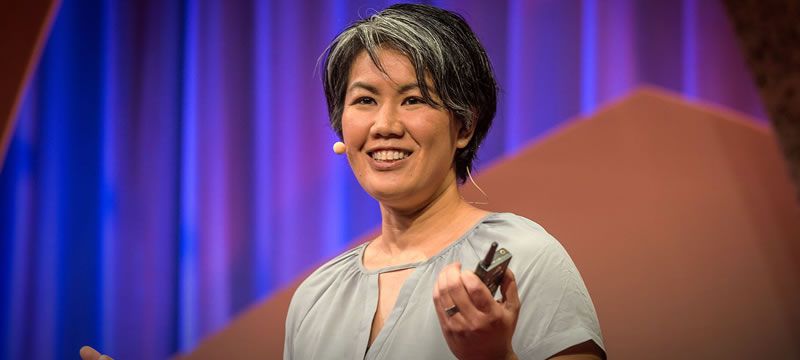
She also looks at how real-time data informs design decisions and helps Spotify to continually iterate UIs based on user behavior. Data may look like nothing more than a load of numbers, but King insists it can bring greater humanity into web and product design.
Your ego has no place in design. “Oh really?” asks Marian Bantje. Graphic designer Bantje questions the oft-used design truism about leaving your ego at the door, claiming that individual personality and passion can be the catalyst for better design work.
Telling her own story of the day she chose to work only on things she loved, she recounts how her designs began to resonate with users in ways they never had. She advises designers to follow their ego a little more, let their heart dictate their design decisions and to always take it personally. Unorthodox advice, as Bantje herself admits.
The web is all about connection. But are the relationships we make online really meaningful, asks web artists Ze Frank? They can be, if we invest in internet tools that require ‘deep participation’ and promise deep connections in return.
Exploring a range of amusing ways to connect through the web, Frank asks designers to think about their role in creating deep, meaningful and human connections in the digital era.

Former New York Times technology columnist David Pogue brings a musical note to digital design disasters. Interchanging waspish critiques of Microsoft interface fails with finger-snapping showtunes about Steve Jobs, Pogue hilariously sends up interface blunders and advises designers on how they can create usable UIs and avoid ‘complexity crunch’.
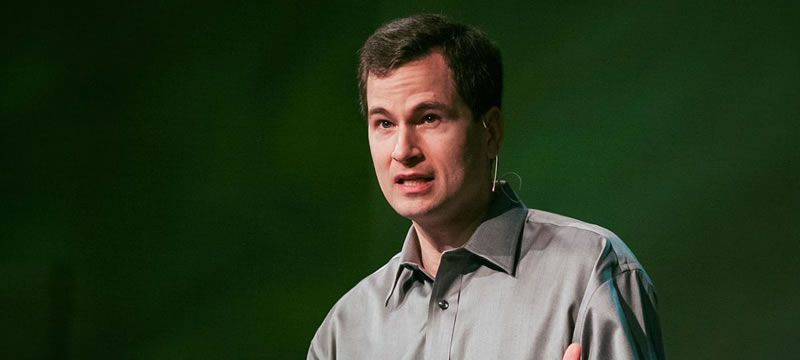
This post may contain affiliate links. See our disclosure about affiliate links here.


